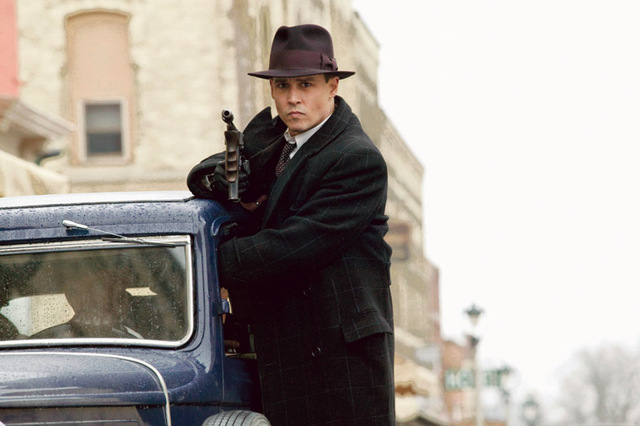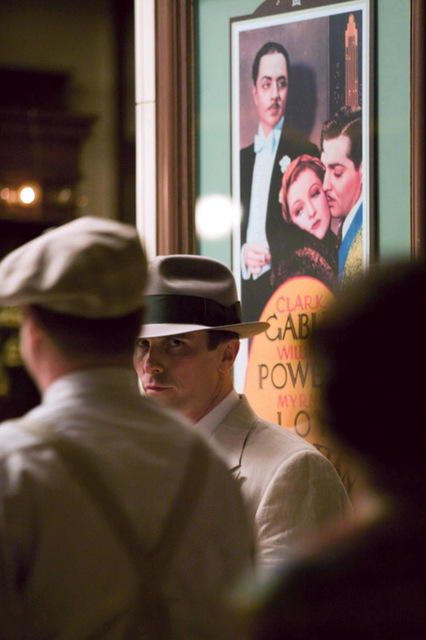Film Review: Public Enemies
Michael Mann And Johnny Depp Get All Dressed Up To Play Cops And Robbers


riding on the outside of a car was all the rage.
Latest Article|September 3, 2020|Free
::Making Grown Men Cry Since 1992


riding on the outside of a car was all the rage.